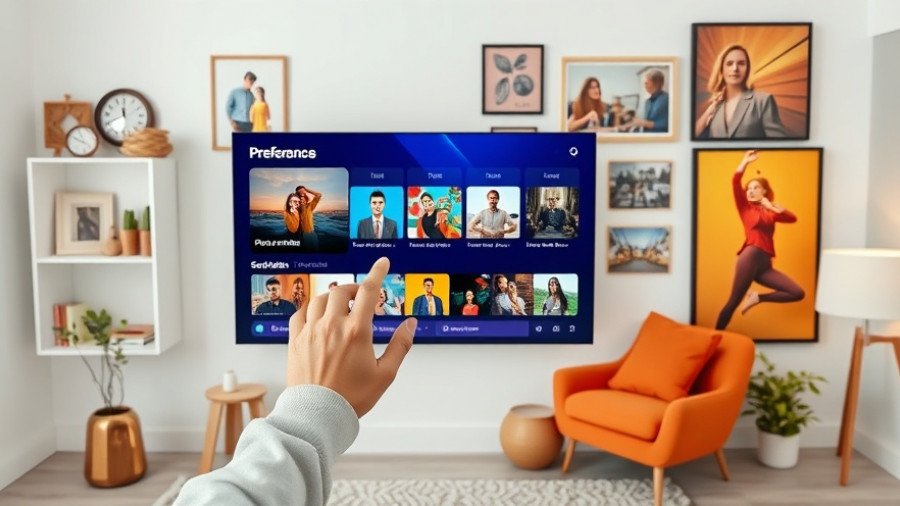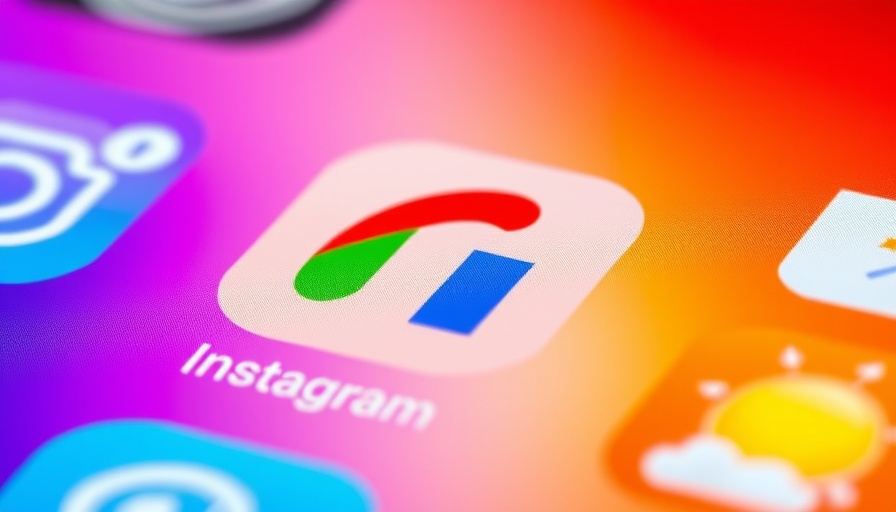
Lovable's Unique Position in the Vibe-Coding Landscape
In a booming tech market, Lovable has carved out a unique niche with its vibe-coding platform, which empowers users without coding experience to bring their digital ideas to life. During a recent keynote at the TechBBQ conference in Copenhagen, CEO Anton Osika expressed confidence in their differentiated approach amidst growing competition.
Solid Growth and Ambitious Goals
Lovable has surpassed $100 million in annual recurring revenue (ARR) and raised a significant $200 million in Series A funding, with a lofty valuation of $1.8 billion. The company has ambitious plans to expand further, although Osika currently shows no urgency for a Series B round, despite investors’ enthusiasm for a valuation that could reach $4 billion. This highlights Lovable's strategic patient approach in a rapidly changing industry.
The Vision: Beyond Just a Coding Tool
Osika outlined a broader vision for Lovable, looking to evolve into a comprehensive platform that not only facilitates coding but also aids in various stages of product development. This shift reflects growing user needs as entrepreneurs and small business owners seek integrated solutions, from payment setups to company incorporation. Such versatility is pivotal as the digital economy grows.
Enhancing User Experience with AI Innovations
The recent integration of AI agents into the Lovable platform marks a significant step forward. These agents assist users in file management, debugging, and even generating images. This AI enhancement positions Lovable as not just a coding platform but a multifaceted tool that can streamline the creative process for startups and individual creators alike.
Practical Applications: Real-Life Success Stories
The application of Lovable’s platform spans various industries. Users range from marketers who utilize it for training platforms to engineers managing multiple small businesses. These case studies exemplify the practicality of Lovable’s offering, showcasing how it meets the diverse demands of today’s innovators.
Conclusion: A Thriving Eco-System for Creators
As Lovable continues to rise in the competitive vibe-coding space, its commitment to user empowerment and strategic growth sets it apart. Entrepreneurs seeking to leverage AI for product development will find Lovable's evolving features invaluable in realizing their creative visions. Keep an eye on this company as it continues to influence the future of coding and app creation.
 Add Row
Add Row  Add
Add 




Write A Comment